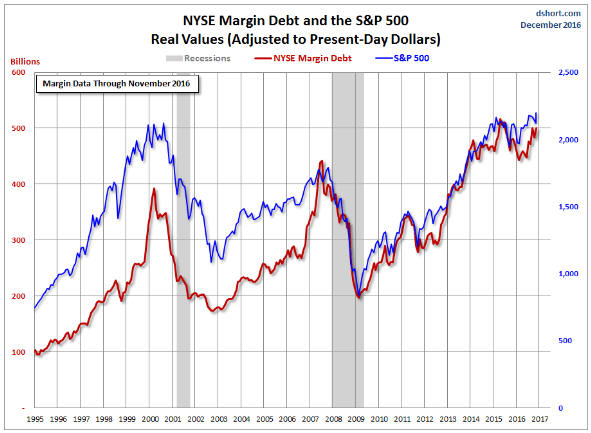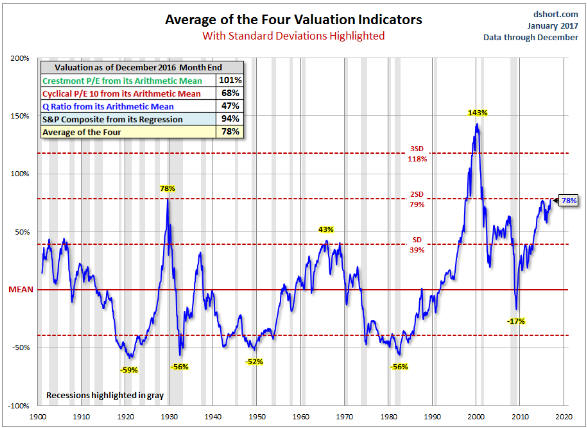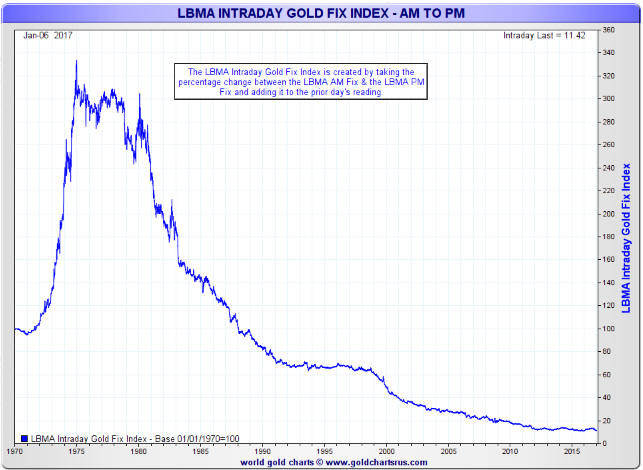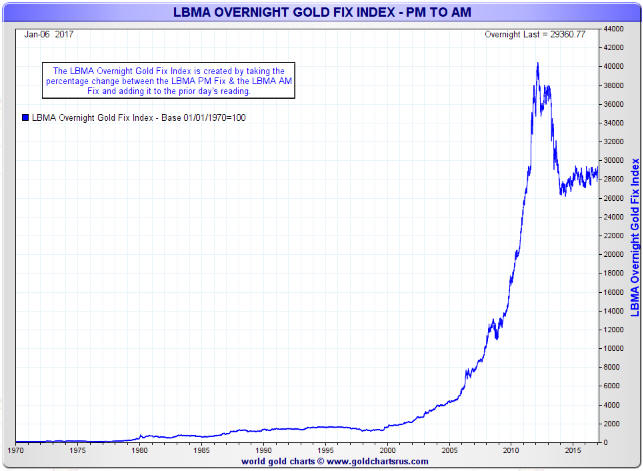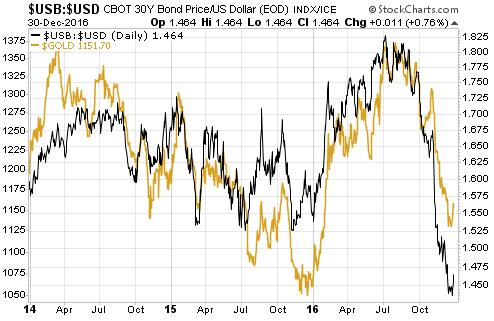[This post is an excerpt from a TSI commentary published two days ago]
The Fed meets to discuss its monetary policy this week. There is almost no chance that an outcome of this meeting will be another boost in the Fed Funds Rate (FFR), but there’s a decent chance that the next official rate hike will be announced in March. Regardless of when it happens and regardless of how it is portrayed in the press, the next Fed rate hike, like the two before it, will NOT imply a tightening of US monetary policy/conditions.
The two-part explanation for why hikes in the FFR no longer imply the tightening of monetary policy has been discussed many times in TSI commentaries over the past few years and was also addressed in a March-2015 post at the TSI Blog titled “Tightening without tightening“. The first part of the explanation is that with the US banking system inundated with excess reserves there is no longer an active overnight lending market for Federal Funds (banks never have to borrow Federal Funds anymore because they have far more than they require). In other words, when the Fed hikes the FFR it is hiking an interest rate that no one uses.
The second and more important part of the explanation is that Fed rate hikes are now implemented by increasing the interest rate PAID by the Fed on bank reserves. That is, Fed rate hikes are now implemented not by charging the banks a higher rate of interest but by paying the banks a higher rate of interest. To put it another way, whereas in the “good old days” rate hikes were implemented by removing reserves from the banking system, the Fed now implements rate hikes by injecting reserves — in the form of interest payments — into the banking system.
So, what’s widely known as monetary tightening is now a Federal Reserve action that actually has the effect of LOOSENING monetary conditions.
Orwell’s “1984″ had the slogans “War is Peace”, “Freedom is Slavery” and “Ignorance is Strength”. Thanks to the Fed we can now add “Loosening is Tightening”.
 Print This Post
Print This Post

